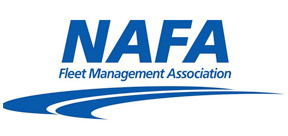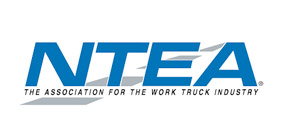Communities track lead service lines

The Environmental Protection Agency wants all lead service lines removed in 10 years. That’s a pretty stark sentence, isn’t it?
Lead has been around for more than 6,000 years, used in everything from coins and bullets to makeup and paint — and in plumbing. Romans used lead in their baths and aqueducts. But, as with many other early discoveries and their uses, we know now it’s not safe. There is literally no level of exposure to lead that is without harmful effects.
Remember the studies done about children eating lead paint chips and the harm it could do? With water, the facts are equally straightforward and scary. Exposure can cause serious health effects in all age groups, especially pregnant women, infants — whether breast or formula fed — and young children.
Some of those effects? Decreases in IQ and/or attention span. There can also be new or worsened learning and behavior problems. Adults are at risk, as well. They can suffer increased likelihood of heart disease, high blood pressure, or kidney or nervous system problems. So it is absolutely clear why the EPA is firm on this issue, and why so many cities are working toward eliminating all lead water pipes. According to the Environmental Defense Fund’s April 23, 2024, news post, the top 10 cities in the United States with the most lead service lines were Chicago, Ill.; Cleveland, Ohio; New York, N.Y.; Detroit, Mich.; Milwaukee, Wis.; Denver, Colo.; St. Louis, Mo.; Indianapolis, Ind.; Minneapolis, Minn.; and Cincinnati, Ohio.
While the federal government banned the use of lead pipes in new plumbing systems in 1986, the EPA estimates that there are still 6 million to 10 million lead service lines in the United States.
The city of Mitchell, S.D., “has been following the guidance given to us by the state. We have conducted public information campaigns to get information out to our consumers through news media, utility billing flyers and social media,” said Stephanie Ellwein, city administrator, who added, “We are also reporting information on our infrastructure as required.”
As part of that public information campaign has been spreading awareness of the South Dakota Customer Service Pipe Material Self Report Survey, which is accessible at https://survey123.arcgis.com/share/dba9fe4b6be84b1ab306788ccf1457ab. The survey encourages South Dakota residence to submit information on their water service pipe material. This initiative will allow water providers to document presence of lead service pipes in their systems. This information then helps municipalities like Mitchell receive a clearer picture of the lead still within their water infrastructure.
“The city itself is about 51% through their reporting requirements,” said Ellwein. “This information reflects the self-reported surveys, so it is an example of one way that people are collecting the data.” She continued, “The city of Mitchell has been actively replacing infrastructure the past seven years and will continue doing so in the future.”
Ellwein was clear that this doesn’t involve having water tested. “There would be a guy at your door to inspect your pipes. It’s about a five-minute thing to check it out. Scrape the pipe and see what color it is. If it’s copper colored, it’s a copper pipe, as you’d expect. If you put a magnet on the pipe and it sticks, it’s lead!”
There are reverse osmosis systems, or distillation and activated carbon filtration, that remove lead from a home’s water. However, replacing all the pipes and plumbing fixtures will still be the safest procedure. In larger towns, it may be covered through city utilities. In other locations, there are various organizations partnering with different states to offset the costs, such as the Lead Service Line Replacement Program. For small communities that can’t cover the cost for its residents, there are federal and non-federal funding sources available: The Drinking Water State Revolving Fund and the Small, Underserved, and Disadvantaged Communities Grant Program, among others. Checking the nation’s system is just a step in the right direction; the EPA estimates the cost of replacing all lead lines could range from $28 million to $45 million. There are no easy answers here, but this is a problem that has to be eradicated in every area of our country.
Next Article: Communication recommended for communities dealing with water crisis

